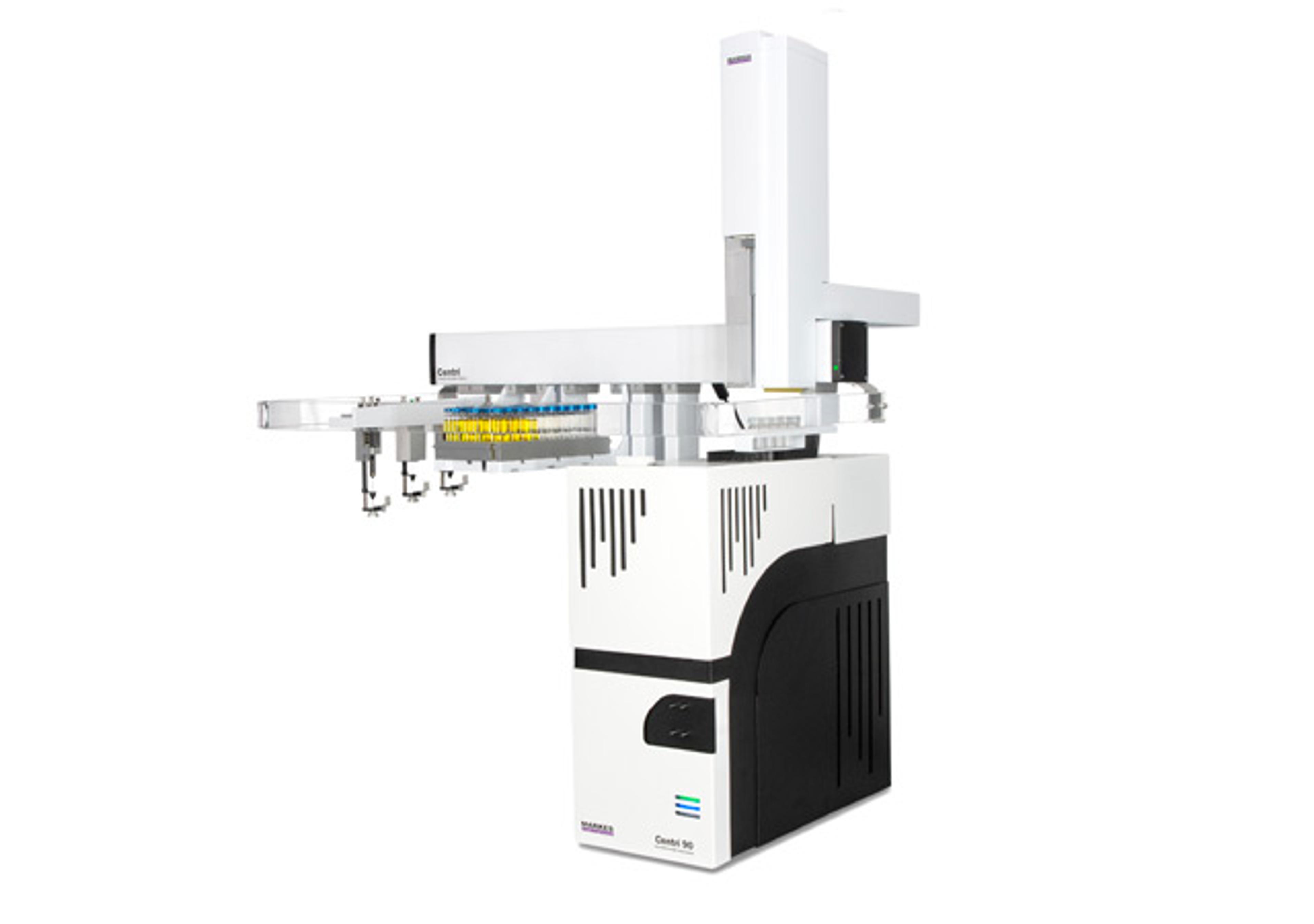Supel™ BioSPME 96-Pin Devices
Supel™ BioSPME 96-Pin Devices were developed to greatly improve upon the speed and simplicity plasma protein binding studies and other free analyte analyses. Our technology offers a 3x faster workflow compared to rapid equilibrium dialysis based methods, is amenable to both automation and manual operation, and is a convenient universal 96-pin format compatible with standard 96-well consumables.

The supplier does not provide quotations for this product through SelectScience. You can search for similar products in our Product Directory.
Supel™ BioSPME data shows accuracy and precision comparable to equilibrium dialysis and rapid equilibrium dialysis data, as well as proven reproducibility across batches as well as across each 96-sample device.
Supel™ BioSPME 96-Pin Devices deliver a simple and rapid sample preparation solution for plasma protein binding analyses and free analyte analyses that is 3x faster while maintaining the data quality standards required by bioanalytical labs.
Primary Benefits of Supel™ BioSPME Devices
- 3x faster workflow compared to rapid equilibrium dialysis based methods
- Universal 96-pin format, compatible with standard consumables and automation
- Simple workflow compliant to total automation or manual operation
- Complete removal of phospholipids, unlike rapid equilibrium dialysis based methods
- Accuracy and precision comparable to equilibrium dialysis and rapid equilibrium dialysis data
- Proven reproducibility across batches as well as across each 96-sample device
Supel™ BioSPME 96-Pin Devices were developed using Solid Phase Microextraction technology, similar in theory to the technology seen in SPME headspace analysis for GCMS workflows. These new devices have a 96-pin format, and the tips of the pins are coated with a thin layer of adsorbent particles and can be directly lowered into the sample for extraction. The patented binder within the coating enables small analytes of interest to bind, while larger macromolecules cannot. This allows for a robust and selective non-exhaustive extraction process that can be used in both qualitative and quantitative applications
















